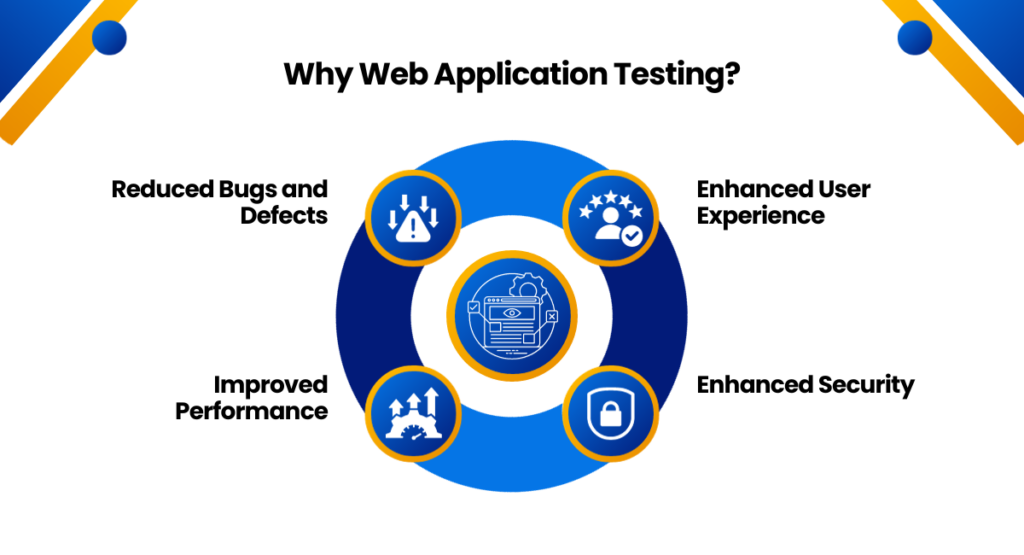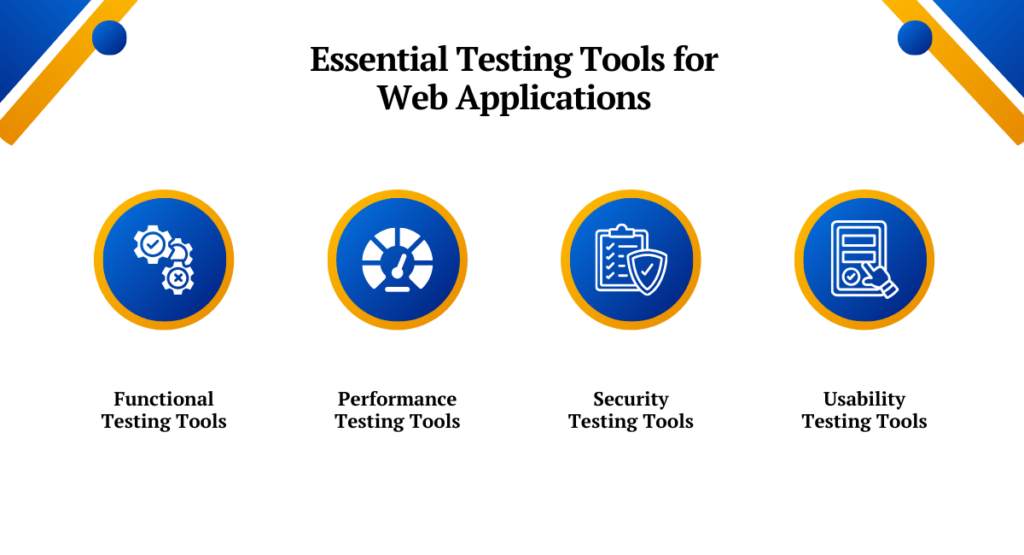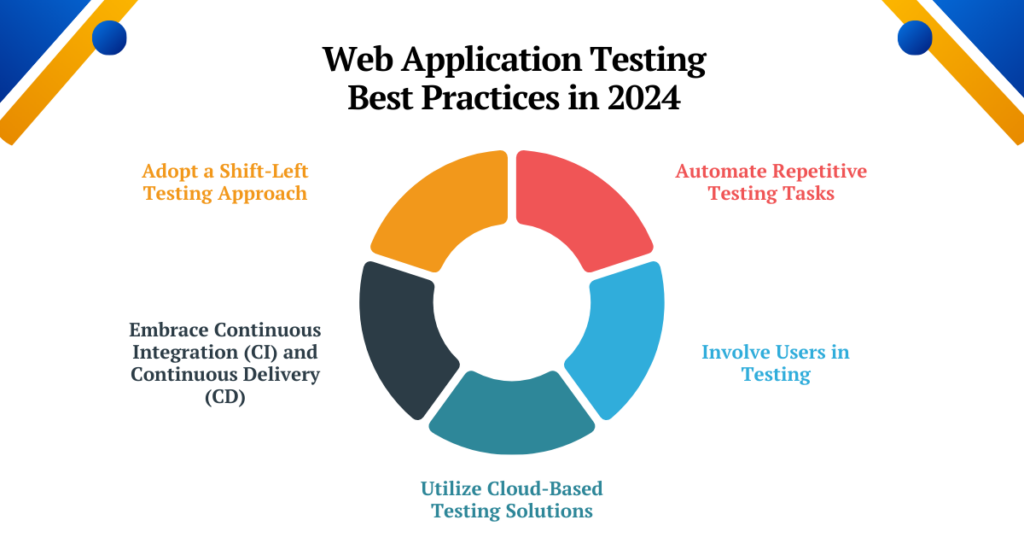Web Application Testing is a multifaceted commitment to delivering web applications that not only meet basic functionality requirements but also elevate the user experience to exceptional levels.
By focusing on design, performance, security, and innovation, developers and organizations can create web applications that stand out in a competitive digital landscape.
According to Global Market Insights, Software Testing Market size valued at USD 45 billion in 2022 and is anticipated to grow at 5% CAGR from 2023 to 2032. Driven by the surging usage of mobile-based applications.
Web application testing is the process of evaluating a web application's functionality, performance, security, and usability to ensure it meets the intended requirements and delivers a seamless user experience.
Why Web Application Testing?

Thorough testing is essential for several reasons:
Reduced Bugs and Defects:
Identifying and fixing bugs early in the development process saves time and resources compared to addressing them post-launch.
Enhanced User Experience:
A well-tested web application provides a smooth and error-free user experience, leading to increased customer satisfaction and loyalty.
Improved Performance:
Testing helps identify performance bottlenecks and optimize the application for speed and responsiveness, ensuring a positive user experience.
Enhanced Security:
Robust testing helps uncover security vulnerabilities that could be exploited by cybercriminals, protecting sensitive user data and business reputation.
Essential Web Application Testing Tools

A variety of testing tools cater to different aspects of web application quality assurance. Some of the most popular and effective tools include:
Functional Testing Tools:
These tools automate the execution of test cases to ensure the application's functionality aligns with the specified requirements. Examples include ContextQA, Selenium, JMeter, and SoapUI.
Performance Testing Tools:
These tools evaluate the application's performance under load, identifying performance bottlenecks and ensuring it can handle expected user traffic. Examples include LoadRunner, JMeter, and WebLOAD.
Security Testing Tools:
These tools scan the application's code and infrastructure for vulnerabilities that could be exploited by attackers. Examples include Nessus, Burp Suite, and Acunetix.
Usability Testing Tools:
These tools help evaluate the user experience by observing users interacting with the application and gathering their feedback. Examples include UserTesting, Hotjar, and Crazy Egg.
Web Application Testing Best Practices in 2024

To achieve web application excellence in 2024, consider implementing these best practices:
Adopt a Shift-Left Testing Approach:
Integrate testing into the early stages of the development process to identify and fix bugs early on, reducing the cost of rework.
Automate Repetitive Testing Tasks:
Automate repetitive testing tasks, such as functional and performance testing, to free up testers for more exploratory and creative testing approaches.
Embrace Continuous Integration (CI) and Continuous Delivery (CD):
Implement CI/CD pipelines to automate testing and deployment processes, enabling faster and more frequent software releases.
Involve Users in Testing:
Incorporate user testing throughout the development cycle to gather valuable feedback and ensure the application meets user needs and expectations.
Utilize Cloud-Based Testing Solutions:
Leverage cloud-based testing platforms to scale testing resources on demand and access a wider range of testing tools and environments.
Industry experts emphasize the importance of a holistic approach to web application testing, stressing the need for collaboration between development, testing, and business teams.
They advocate for a culture of continuous testing, where testing is not an afterthought but an integral part of the development process.
Book a Demo and experience ContextQA testing tool in action with a complimentary, no-obligation session tailored to your business needs.
Remember, testing is not just about finding bugs; it's about ensuring your web application is the best it can be.
Achieving web application excellence in 2024 requires a comprehensive approach to testing that encompasses a range of tools, best practices, and thought leader insights.
By adopting a shift-left testing approach, automating repetitive tasks, embracing CI/CD, involving users in testing, and utilizing cloud-based solutions, businesses can deliver high-quality web applications that meet user expectations and drive business success.
You may also be interested in: Accelerate Cloud Testing with Cloud-based Test Automation
